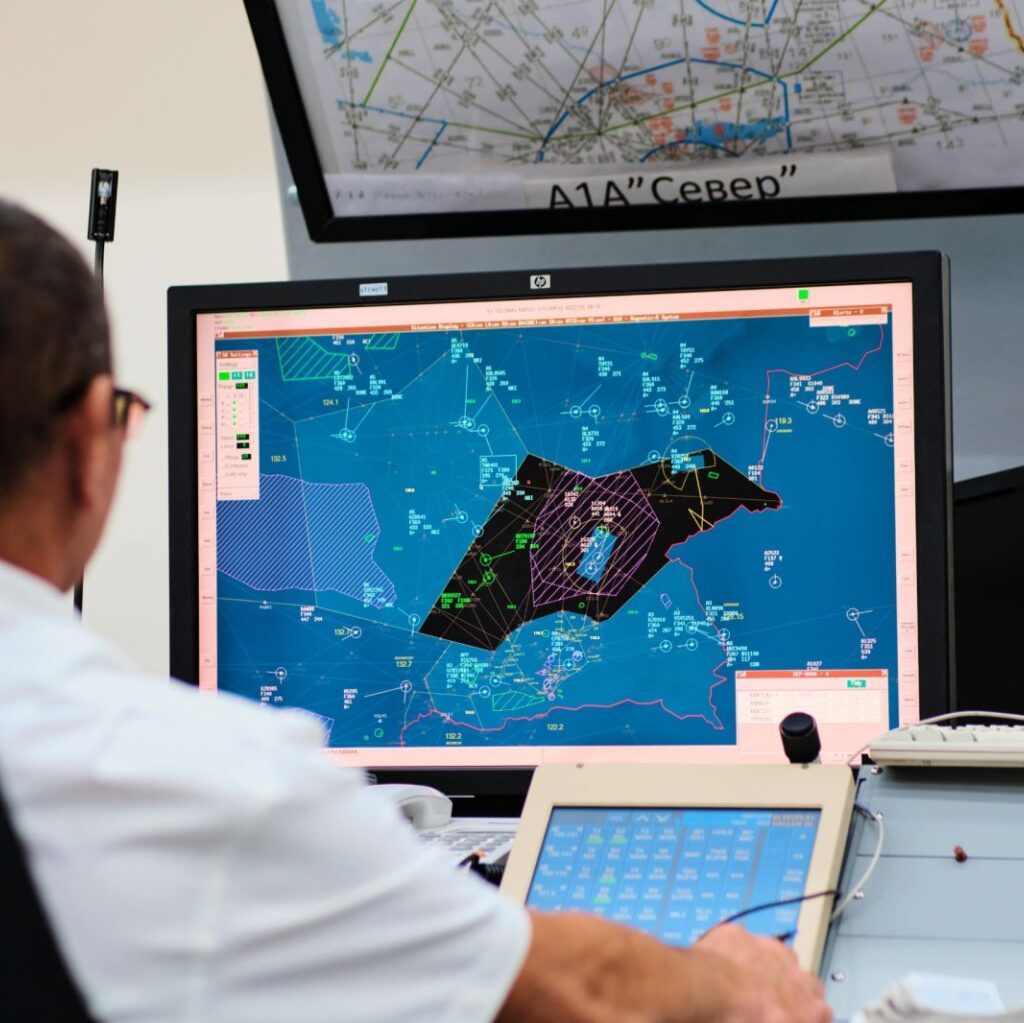
ALMATY – Kazakhstan is strengthening its role as a key aviation hub, as Almaty hosts the Third CANSO Euro-Asia ANSP’s CEO Summit on Sept. 10–11. The high-level meeting brings together the chief executives of air navigation service providers (ANSPs) from across Europe and Asia, along with representatives of global aviation organizations.
At the summit, participants are focusing on several key priorities for the industry, including the introduction of advanced air traffic flow management systems and regional data exchange. Another critical focus is the search for more efficient airline operations through harmonized performance indicators, reported the Kazaeronavigatsia press service.
Kazakhstan’s aviation sector has demonstrated record performance in 2024. Over the course of the year, the country handled 446,106 flights across transit, international, domestic, and cargo categories. Of these, 334,256 were transit flights and landings, representing an 8% increase compared to 2023.

Passenger traffic reached 29.7 million people, showing growth of 14%, while cargo flights increased by more than 55%.
RSE Kazaeronavigatsia, the country’s sole air navigation service provider, is responsible for managing the safety and regularity of air traffic across Kazakhstan’s airspace.
“Today, Kazakhstan occupies a strategic place in global aviation. We are not just handling transit — we are setting new standards of quality and safety in air navigation,” said Faat Bogdashkin, RSE Kazaeronavigatsia CEO.
Industry forecasts suggest even greater opportunities lie ahead. According to EUROCONTROL and IATA, the Europe–Asia corridor is expected to become one of the fastest-growing aviation routes by 2050.
To meet this future demand, Kazakhstan is already implementing a wide-ranging 2025–2035 Strategy. It includes the digitalization of aeronautical information management through the introduction of electronic data systems, automated NOTAM processing, and the use of digital charts.
New international routes are being developed, and performance-based navigation procedures are being introduced in mountainous regions such as Katon-Karagai, Kenderli, and Zaysan, aimed at improving flight safety. In addition, procedures for automated ATC clearance delivery are being put into practice in Almaty and Astana, increasing both airport capacity and the quality of service for airlines.
